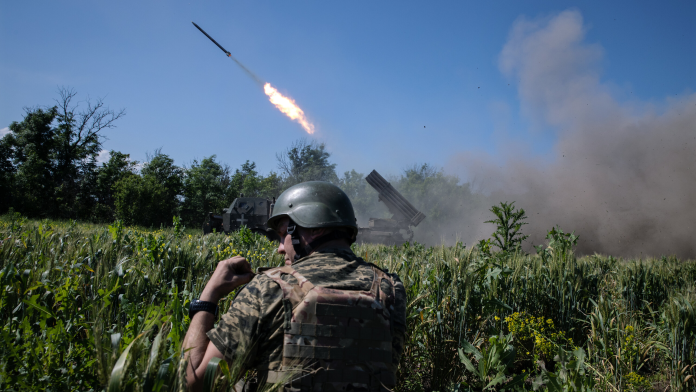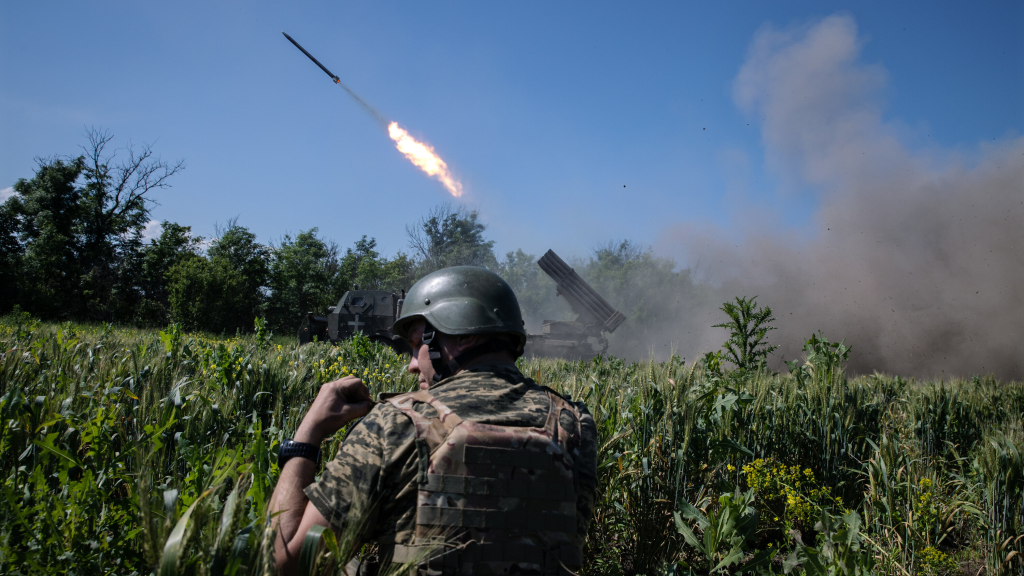
How can the destruction of one plane create a ripple effect for an entire war effort? On April 24, 2025, Ukraine’s Main Directorate of Intelligence announced a covert operation deep inside Russian territory that destroyed a $50 million Su-30SM fighter jet at Rostov-on-Don airbase. The operation was something more than a tactical strike it was a symbol of Russian perceived invincibility, and a costly reminder that its back bases are open to attack.
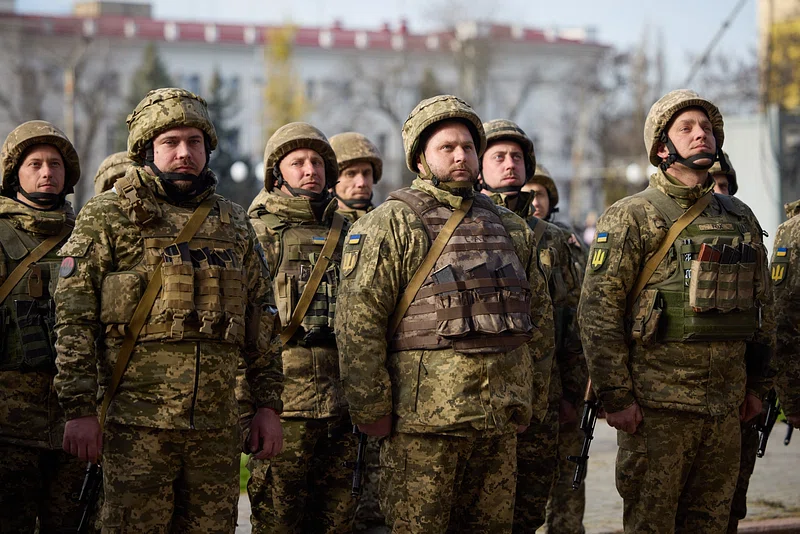
This was not an isolated event. It is part of a broader pattern of Ukrainian sabotage operations that have targeted Russia’s most precious military assets, from strategic bombers to supply depots. These operations are marked by precision, cover, and deep penetration, often relying on partisan networks and advanced technology to take out Moscow’s ability to fight. These are seven key elements of this recent raid and shadow war it represents.
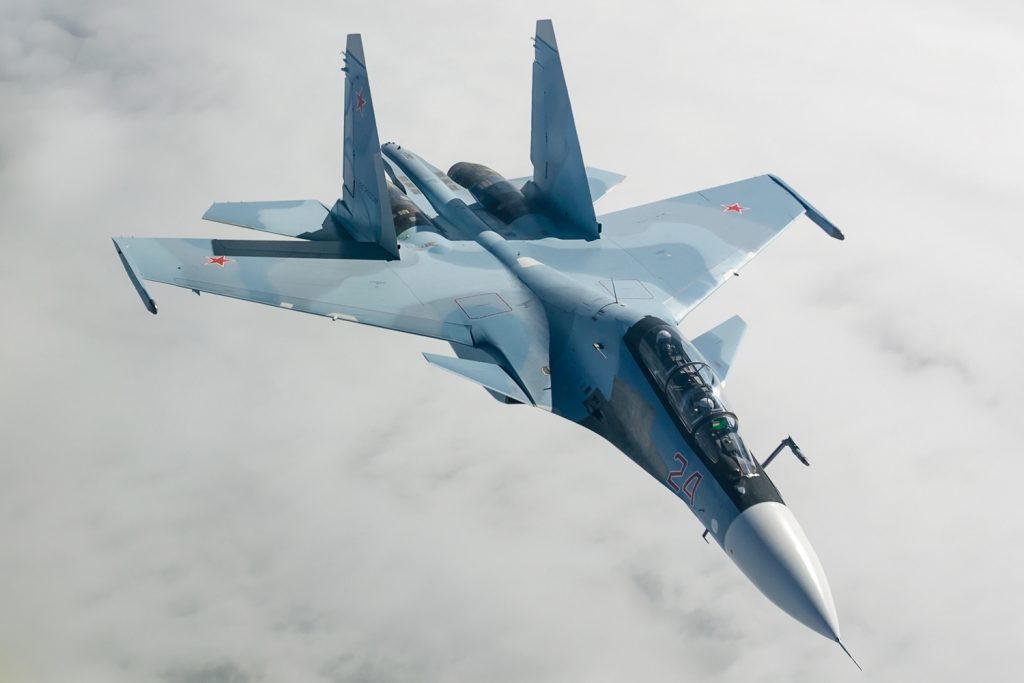
1. A Blow in the Russian Heartland
The Rostov-on-Don air base isn’t just any military base it’s a southern military district command post and operational center for Russia’s operations against Ukraine. Ukrainian operatives breached this heavily guarded facility to target a Su-30SM fighter, tail number 35, as Ukrainian intelligence chief Kyrylo Budanov attested had been flown against Ukraine for air bomb raids. The loss is put at around $50 million, a blow financially and operationally at a moment when Russia’s air force is under mounting pressure.
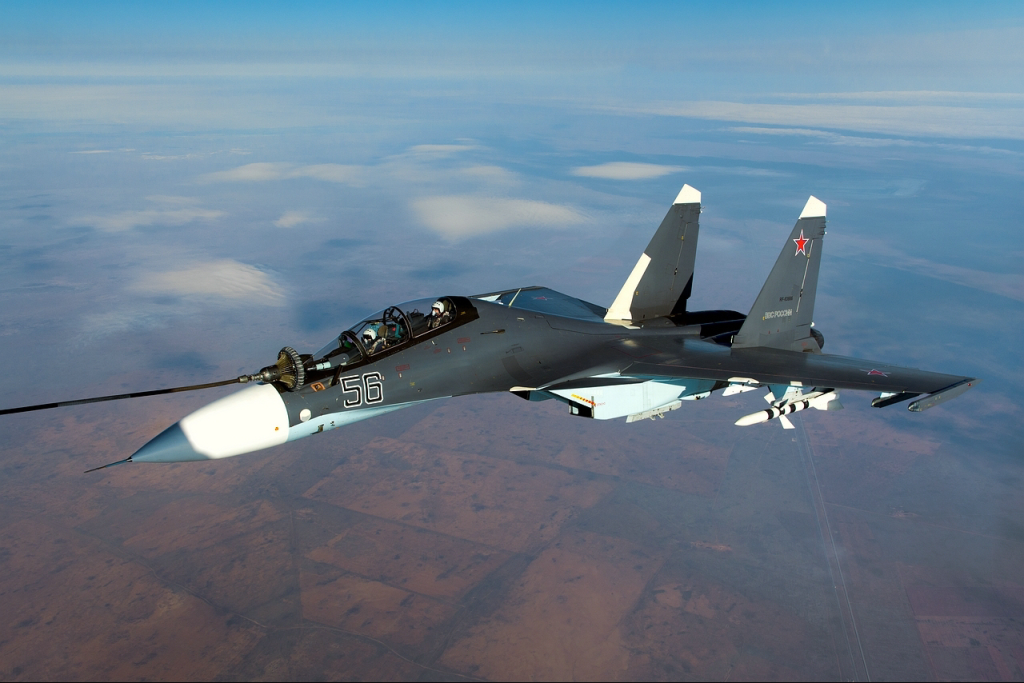
2. The Su-30SM’s Stained Combat Reputation
Originally touted as an all-round 4+ generation multi-role fighter, the Su-30SM has not performed well in Ukraine’s disputed air space. Despite thrust-vectoring engines, phased-array radar, and an 8,000 kg armament payload of weapons, several have been destroyed or shot down by Ukrainian air defenses, including man-portable air defense systems. Commentators have noted that such losses indicate shortcomings in Russian air strategy and comment on Ukraine’s ability to deny air superiority without a significant modern fighter force.
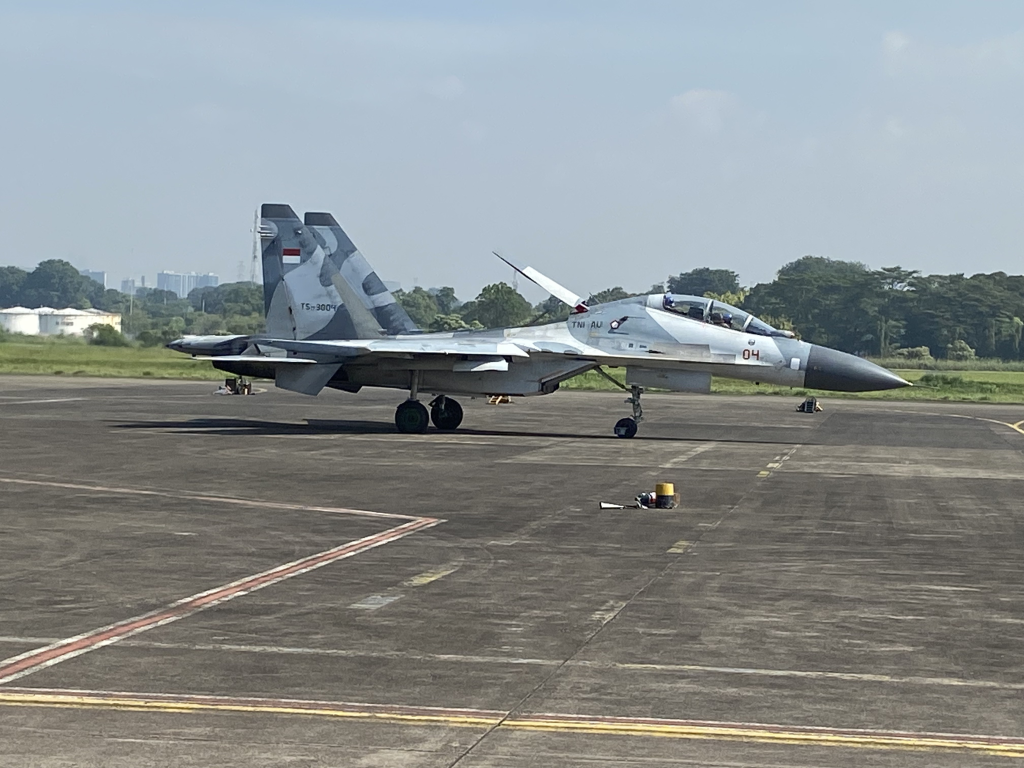
3. Part of a Pattern of Deep Strikes
The Rostov raid is included in a growing roster of Ukrainian sabotage strikes inside Russia. In December 2024, operators destroyed yet another Su-30 in Krasnodar Krai and disabled three locomotives. In September 2024, an Su-30SM was knocked out over the Black Sea following the launch of Kh-31P missiles. Each strike chips away at Russia’s valuable assets and forces costly repositions of its air assets.
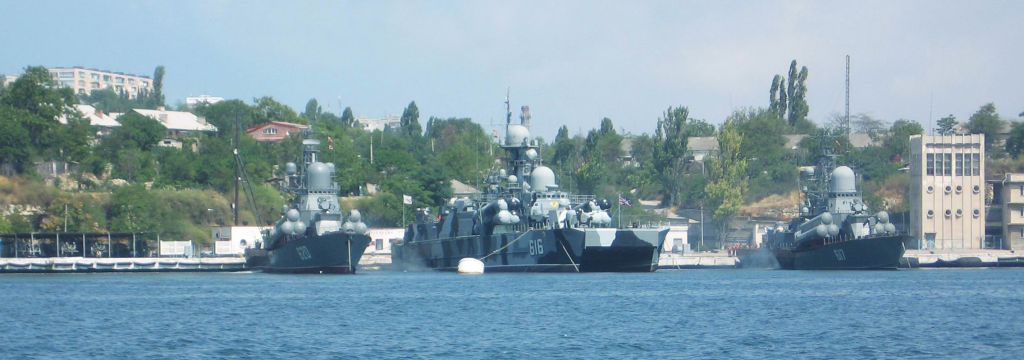
4. Ukraine’s Shadow Army’s Role
These operations are often brokered via a clandestine network of special forces and partisans. Some units like Atesh, which operate from Crimea to Russia’s Far East, penetrate military compounds, gather targeting data, and conduct sabotage. As one of the coordinators bragged to The Counteroffensive, “We always raise the bar we burn down telecommunications stations occasionally, we blow up Russians.” Their actions have made it possible to strike against the Black Sea Fleet, airbases, and lines of logistics, changing Russian force posture in Crimea and elsewhere.
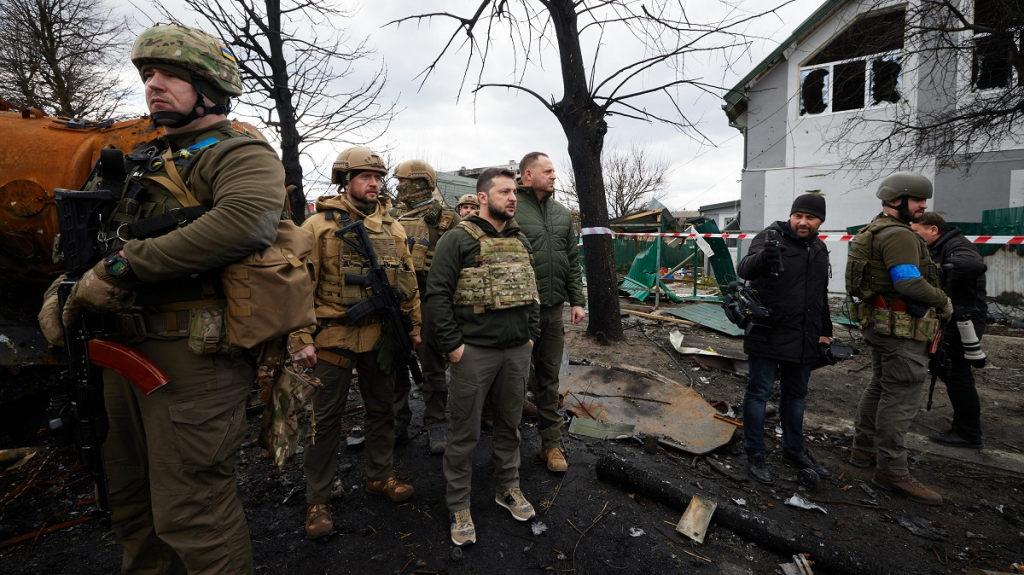
5. Logistics as a Target
With the exception of aircraft, Russian railroads have been systematically attacked by Ukrainian spies and allied partisans a supply pipeline critical to its military effort. Bombings have wrecked tunnels, bridges, and switching yards, forcing Russia to reroute supplies and testing its logistical strength. The transfer of the 100th Military Logistics Regiment to Novocherkassk, a good 200 km behind the front line, reflects Moscow’s determination to shield essential formations from Ukrainian deep-strike capabilities.
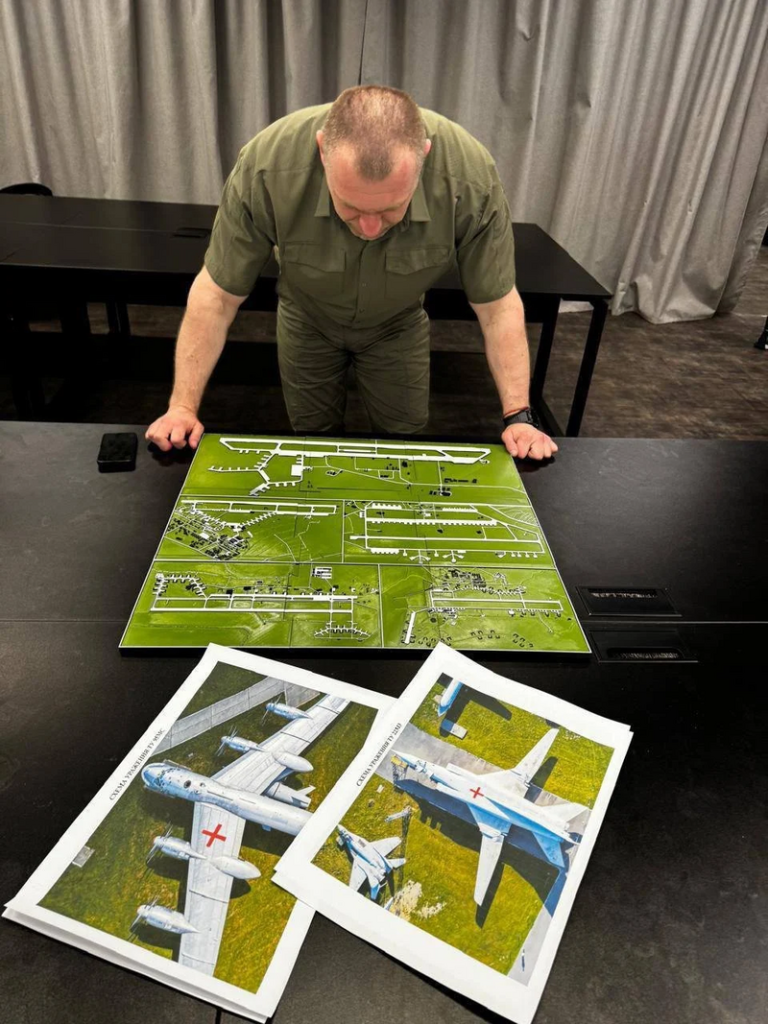
6. Operation Spider’s Web: Lessons Learned
The Ukraine’s June 2025 ‘Spider’s Web’ campaign with drones inside Russia demonstrated its deep-strike capability. With the drones entrenched in Russia and fired from concealed trailers of trucks, the Security Service of Ukraine hit four key air bases, destroying over 40 jets like Tu-95MS bombers and A-50 AWACS planes. AI-assisted targeting and public LTE networks enabled accurate attacks from multiple hundreds of kilometers, bypassing layer upon layer of air defenses.
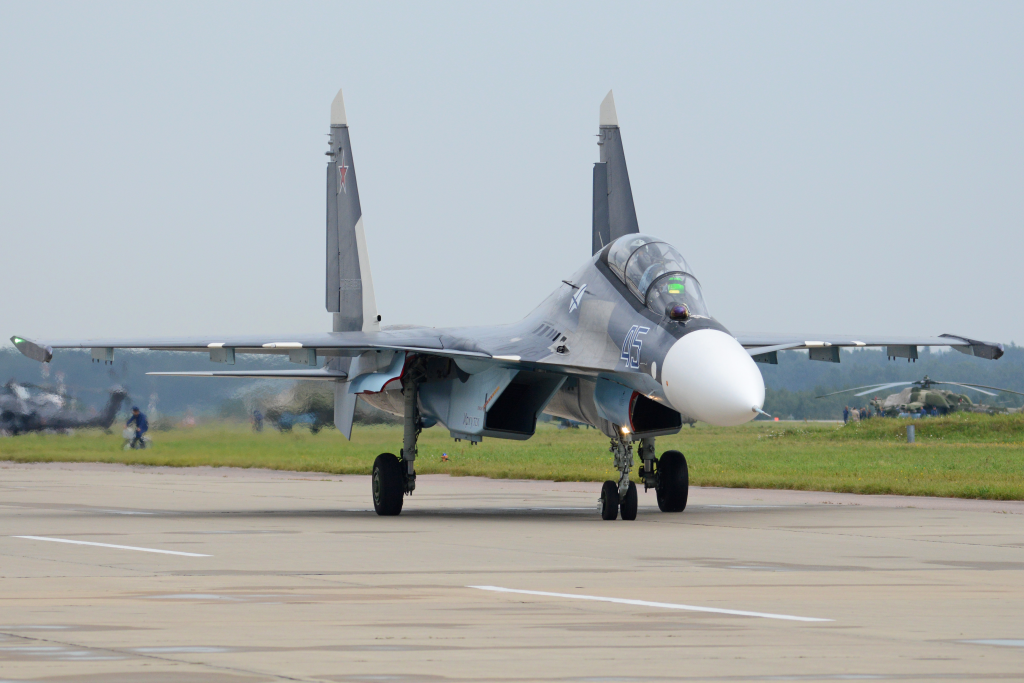
7. Strategic and Psychological Effect
The loss of a single Su-30SM is greater than a material loss. It sends Russian commanders a message that there is no safe air base, demoralizes soldiers, and compels costly defensive measures. As Defense Express pointed out, a successful attack on a base like Rostov-on-Don is “politically symbolic, showing that even in the Russian heartland resistance is taking root.” For Ukraine, these raids raise deterrence, disrupt enemy planning, and exhibit a persistence of ability in asymmetric warfare.

The April 24 strike against Rostov-on-Don was not just a one-plane affair it was a miniature model of Ukraine’s grand strategy to go deep, strike at logistics, and rattle Russia’s faith in its own rear lines. With the integration of intelligence, technology, and partisan networks, Ukraine has shown that even the best-guarded targets are accessible. In modern warfare, the destruction of a single plane can reverberate far beyond the runway upon which it fell.
